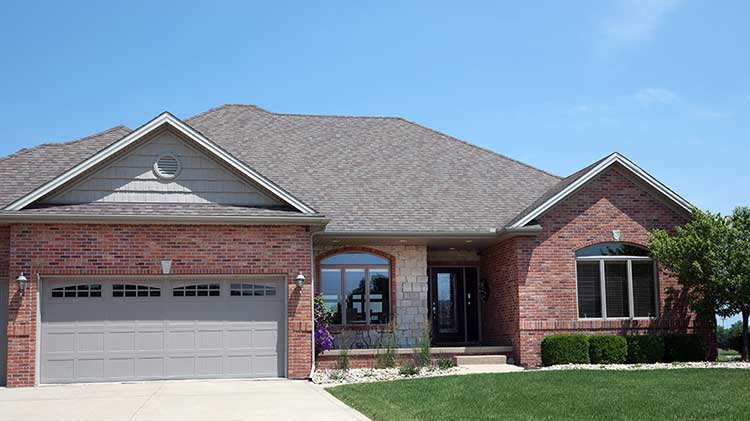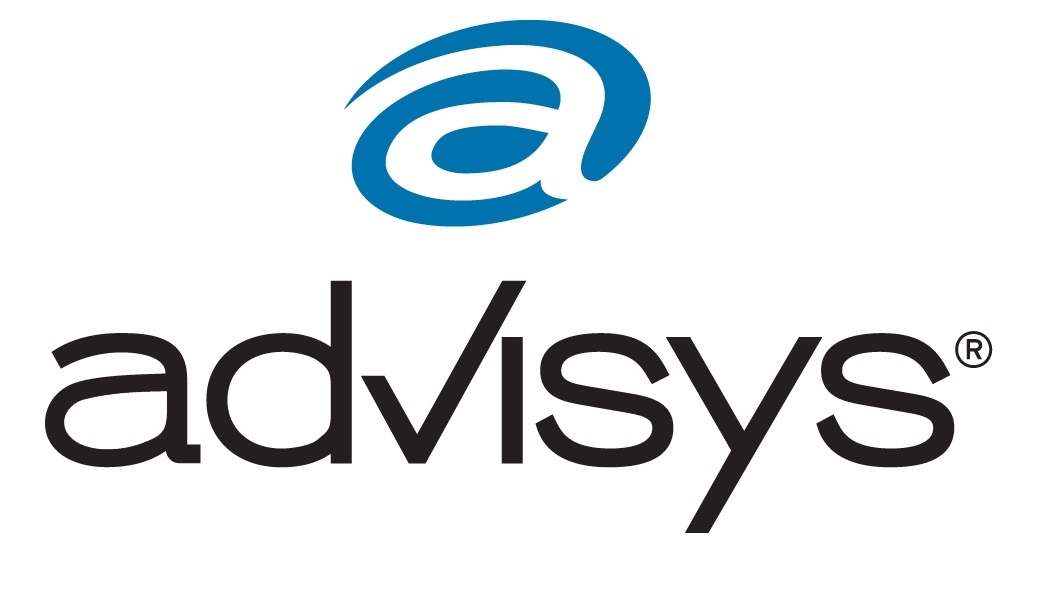Compare different types of mortgages
Knowing the different types of mortgages can be confusing. Learn the different mortgage types and determine what may work best for you.
Owning a home has long been a part of the American Dream. But few individuals have the resources to pay cash for a home. Thus, most of us take out a loan known as a "mortgage" to buy a home. Banks and other lending institutions make available a wide range of mortgages, designed to meet the differing needs of individual borrowers. The table below describes a number of commonly offered mortgages, as well as listing some of the pros and cons of each.
| Type | Description | Comments |
|---|---|---|
| Fixed-rate mortgage | Fixed interest rate. Borrower makes equal monthly payments of principal and interest until debt is fully paid. Loans can range from 10 - 40 years. | Offers payment stability Interest rates may be higher than other types of financing New fixed-rate loans are rarely assumable by later owners. |
| Home equity loan | A mortgage loan secured by the owner's "equity" (market value of home, less any existing mortgage debt) in the home The loan may be a lump-sum amount or a line of credit (HELOC). Typically have a shorter term, five to 15 years. | Interest rates are frequently lower than those for traditional second mortgages, and can be either fixed or variable Many home equity loans are interest-only, with a balloon payment due at the end of the loan term. |
| Adjustable-rate mortgage (ARM) | Interest rate can vary over the life of the loan, resulting in changes in the monthly payments, loan term, and/or principal balance due Interest rate is based on an "index,"such as the prime rate, with interest rate adjustments being made at specified time intervals. | Starting interest rate is typically slightly below market (a "teaser" rate), but payments can increase sharply if index increases Some loans have interest rate caps that prevent wide fluctuations in payments, but may result in negative amortization. |
| Renegotiable rate mortgage (rollover) |
Interest rate and monthly payments are constant for several years; possible change thereafter Long-term mortgage. | Less frequent changes in interest rate offer some payment stability. |
| Balloon mortgage | Monthly payments based on fixed interest rate; usually short-term; payments may cover interest only with principal due in full at term end. | Offers low monthly payments but possibly no equity until loan is fully paid When due, loan must be paid off or refinanced Refinancing poses high risk if rates climb. |
| Graduated payment mortgage | Monthly payments start low and rise gradually (usually over five to 10 years), then level off for duration of loan term If the loan has an adjustable interest rate, additional payment changes are possible if the underlying index changes. | Generally easier to qualify for Buyer's income must be able to keep pace with scheduled payment increases With an adjustable rate mortgage, payment increases beyond the scheduled graduated payments may result in negative amortization. |
| Shared appreciation mortgage | Below-market interest rate and lower monthly payments, in exchange for a share of profits when property is sold or on a specified date Many variations. | If home appreciates greatly, total cost of loan jumps. If home fails to appreciate, projected increase in value may still be due, requiring refinancing at possible higher rates. |
| Assumable mortgage | Buyer takes over seller's original, below-market rate mortgage. | Lowers monthly payments May be prohibited if "due on sale"clause is in original mortgage Not permitted on most new fixed-rate mortgages. |
| Seller take-back | Seller provides all or part of financing with a first or second mortgage. | May offer a below-market interest rate; may have a balloon payment requiring full payment in a few years or refinancing at market rates, which could sharply increase debt. |
| Wraparound | Seller keeps original low rate mortgage Buyer makes payments to seller, who forwards a portion to the lender holding original mortgage Offers lower effective interest rate on total transaction. | Lender may call in old mortgage and require higher rate If buyer defaults, seller must take legal action to collect debt. |
| Growing-equity mortgage (rapid payoff mortgage) | Fixed interest rate but monthly payments may vary according to agreed-upon schedule or index. | Permits rapid payoff of debt because payment increases reduce principal Buyer's income must be able to keep up with payment increases. |
| Land contract | Seller retains original mortgage. No transfer of title until loan is fully paid Equal monthly payments based on below-market interest rate with unpaid principal due at loan end. | May offer no equity until loan is fully paid Buyer has few protections if conflict arises during loan. |
| Buy-down | Developer (or another party) provides an interest subsidy which lowers monthly payments during the first few years of the loan May have a fixed or adjustable interest rate. | Offers a break from higher payments during early years Enables buyer with lower income to qualify With adjustable rate mortgage, payments may jump substantially at end of subsidy Developer may increase selling price to recover loan costs. |
| Rent with option | Renter pays "option fee" for right to purchase property at specified time and agreed upon price Rent may or may not be applied to sales price. | Enables renter to buy time to obtain down payment and decide whether to purchase Locks in price during inflationary times Failure to take option means loss of option fee and rental payments. |
| Reverse mortgage | Borrower owns mortgage-free property and needs income Loan can be a lump-sum or monthly payments to borrower using property as collateral. Generally, borrower must be at least age 62 and live in the home. | No payments are required as long as borrower lives in the home. The outstanding loan balance is due when the last borrower sells the home, permanently leaves, or dies Borrower can never owe more than the value of the home at the time loan is repaid. |
| Interest-only mortgage | Borrower pays only the interest due (no repayment of principal) either for an introductory period or for the life of the loan At the end of the loan term, the loan must either be refinanced or completely paid off. | Interest-only payments generally allow the homeowner to qualify for a larger loan amount With little or no equity, a homeowner with an interest-only loan faces higher risk if real estate values decline. |





